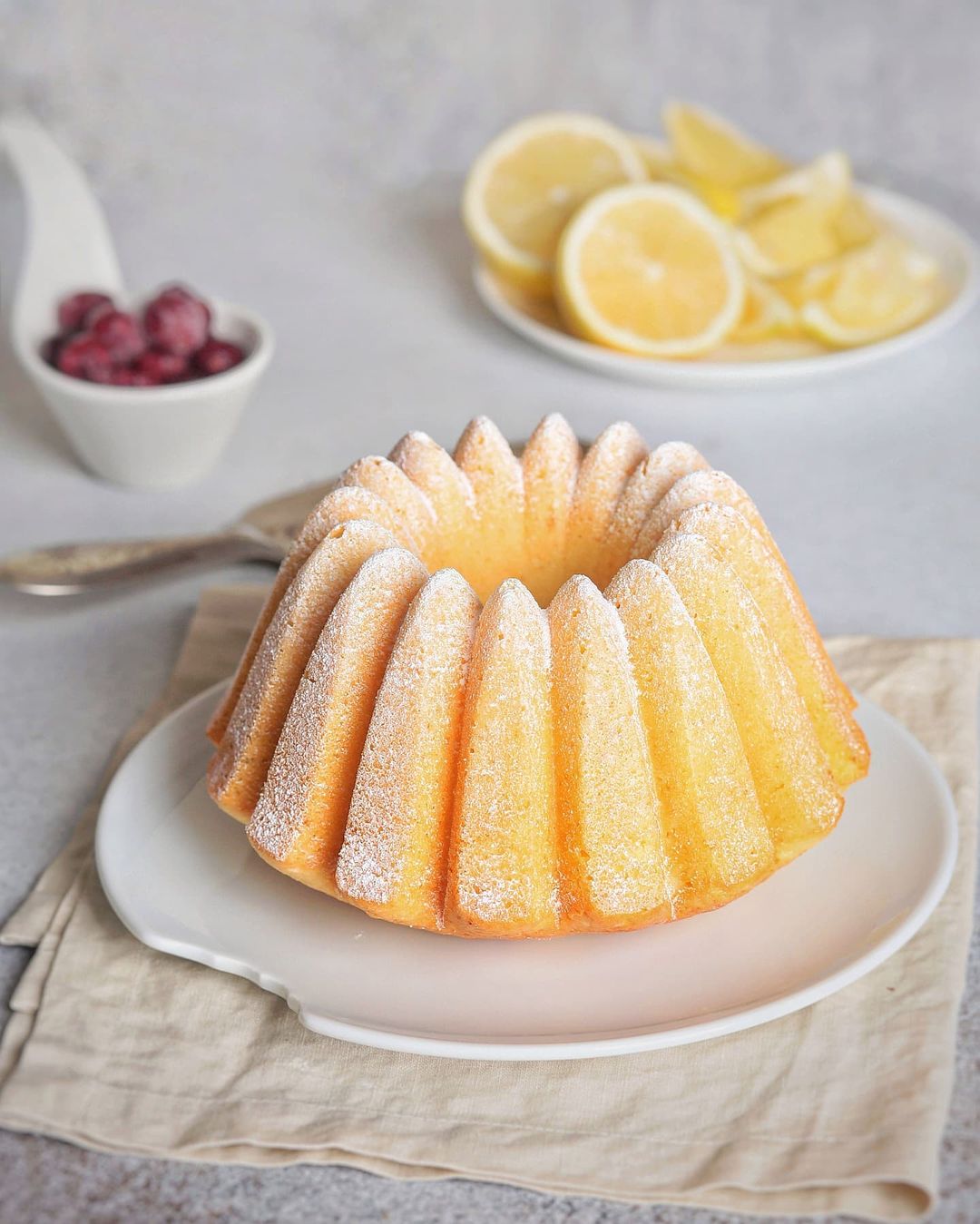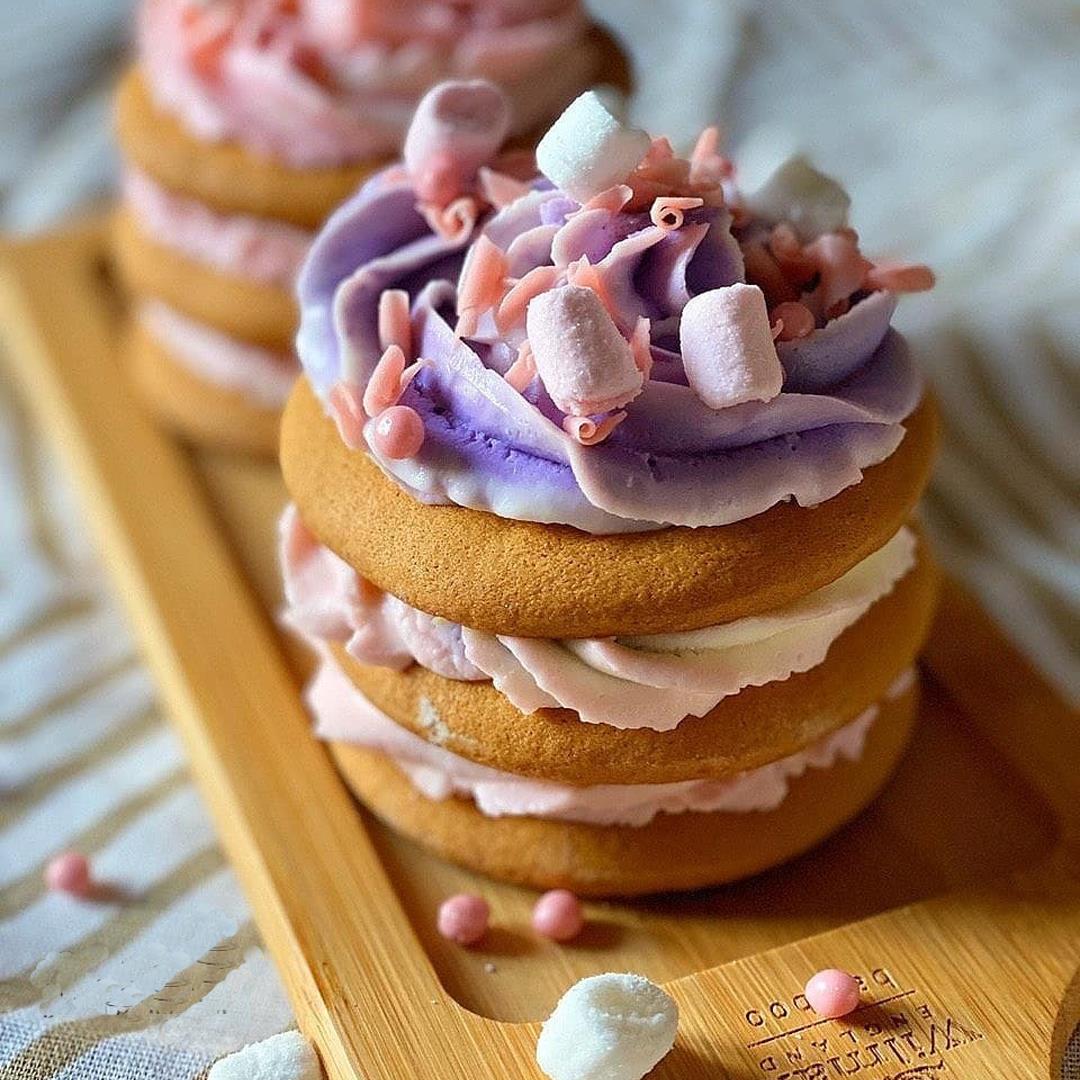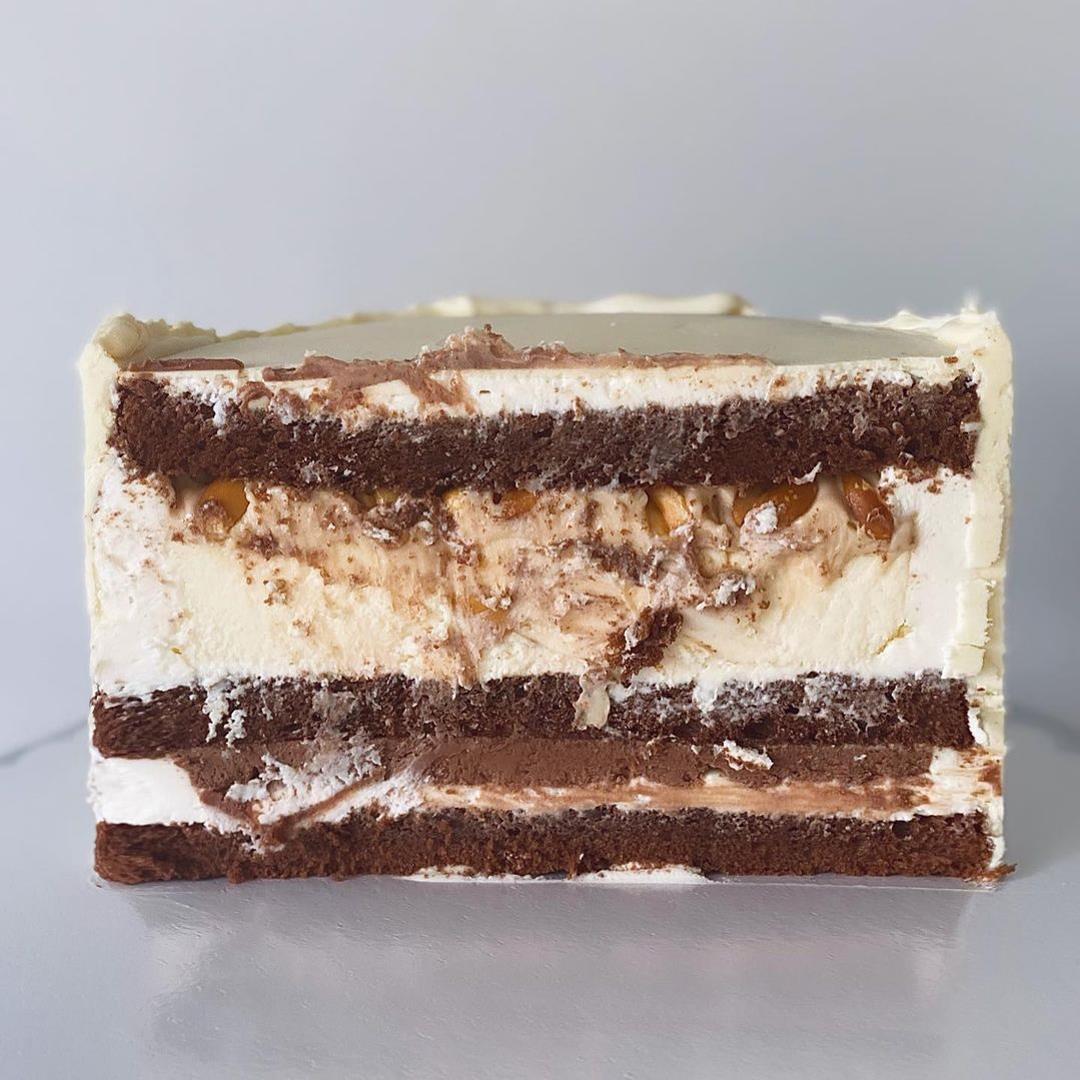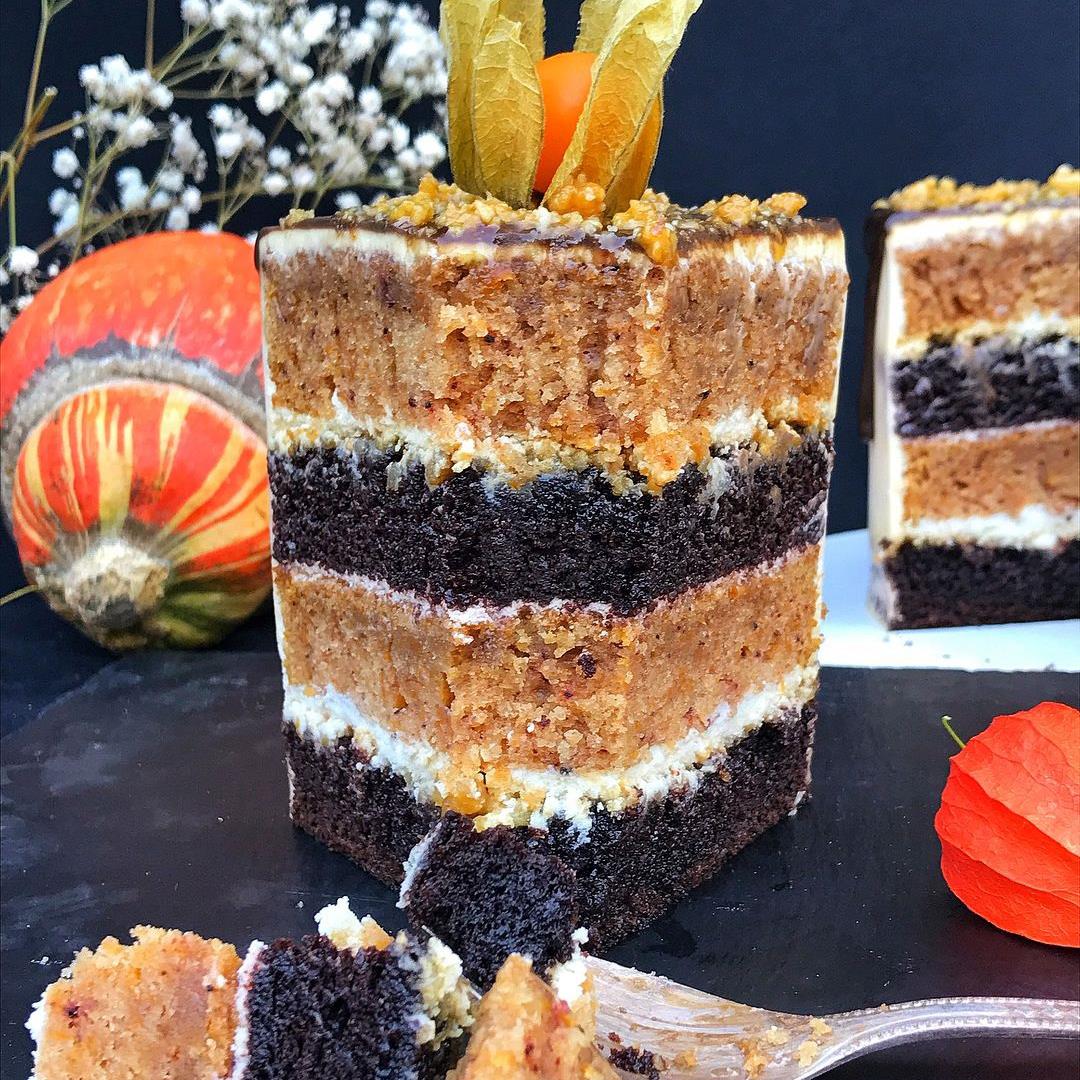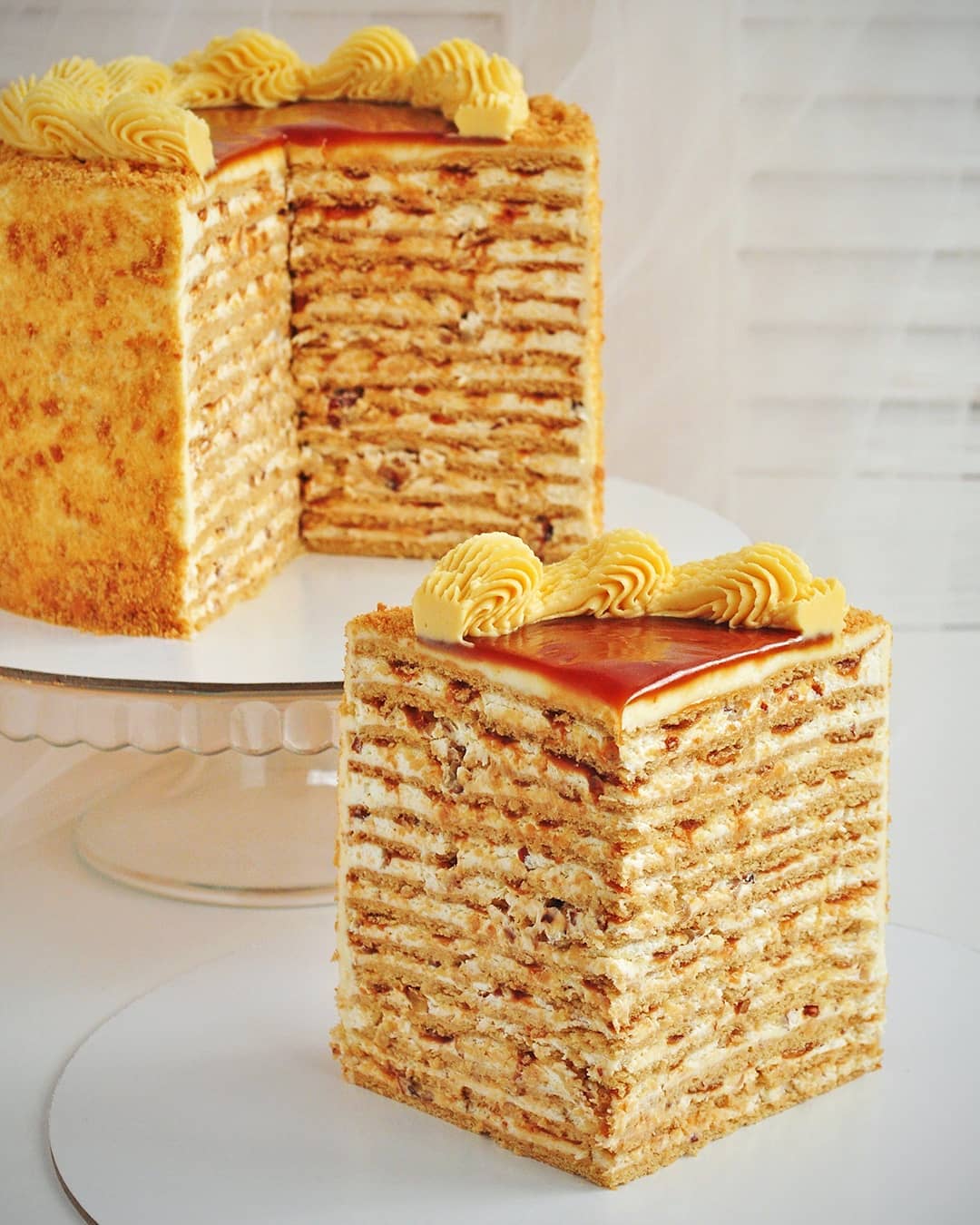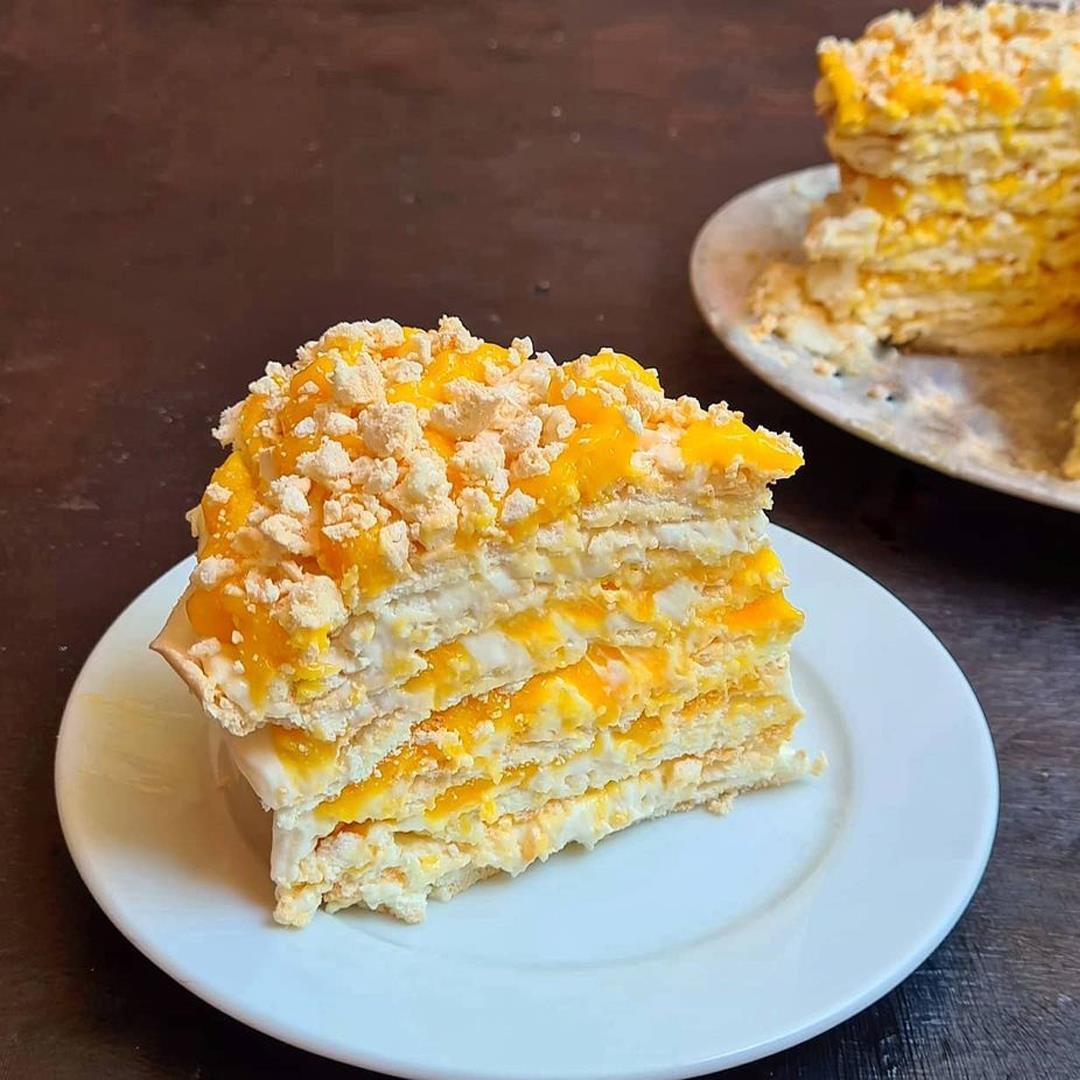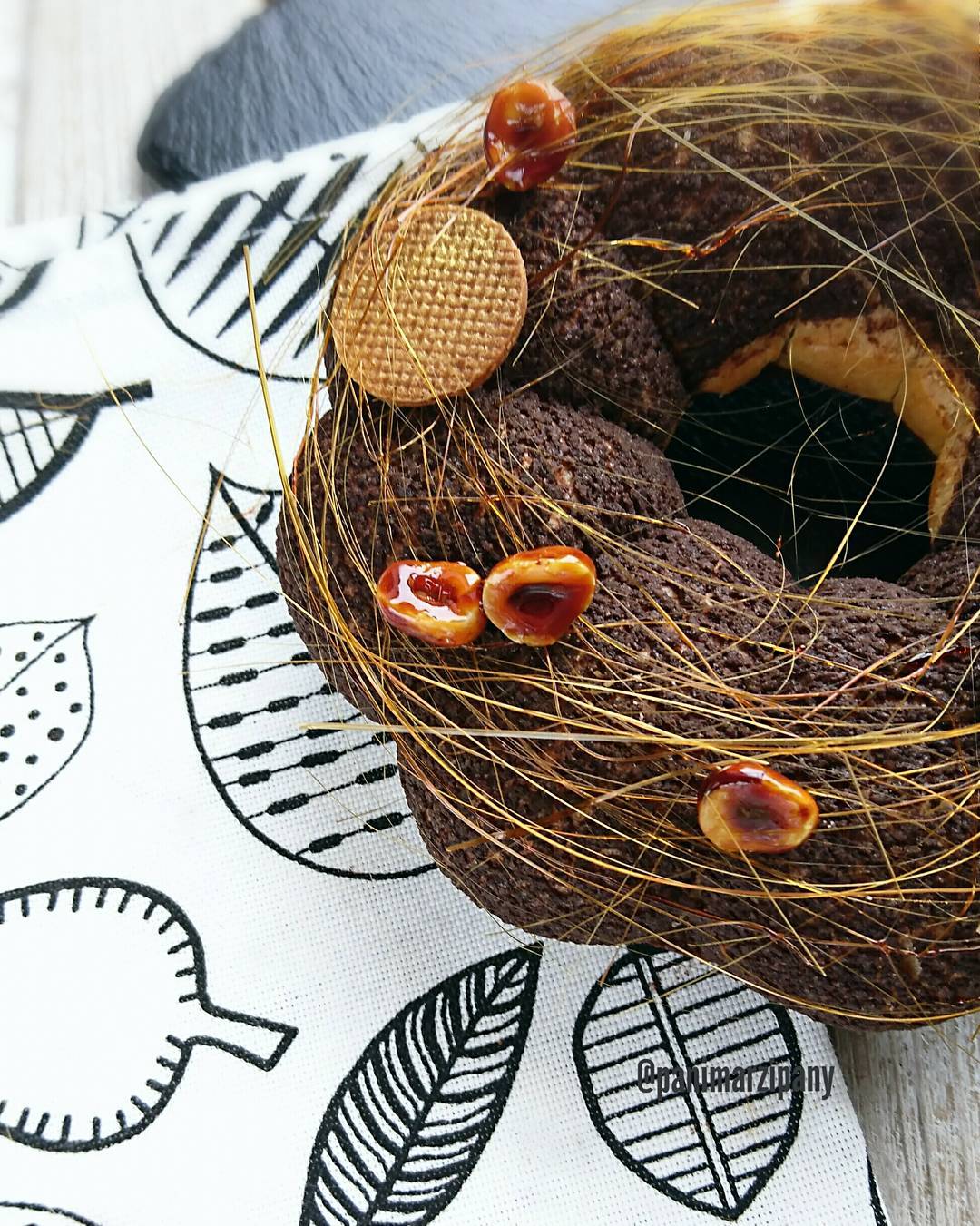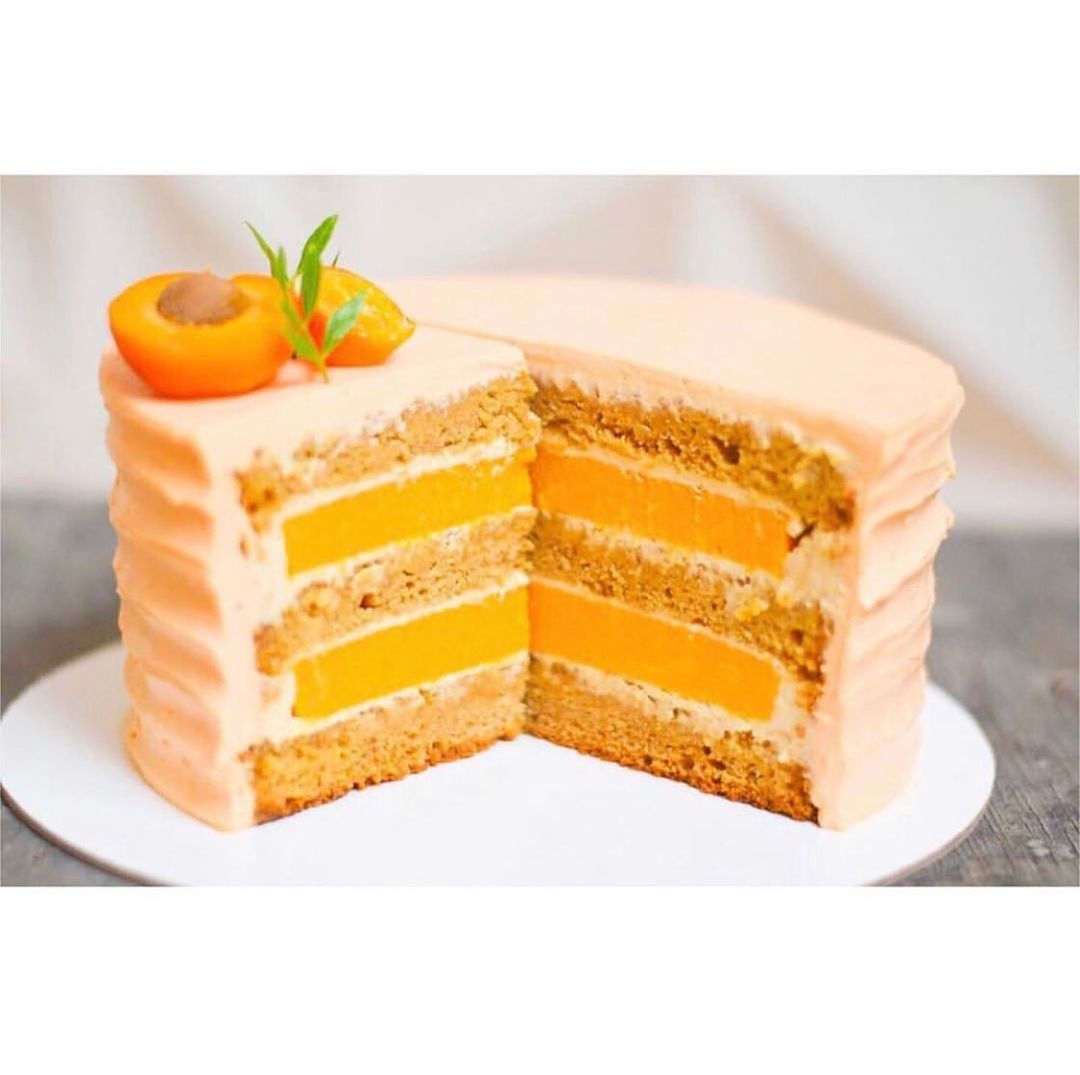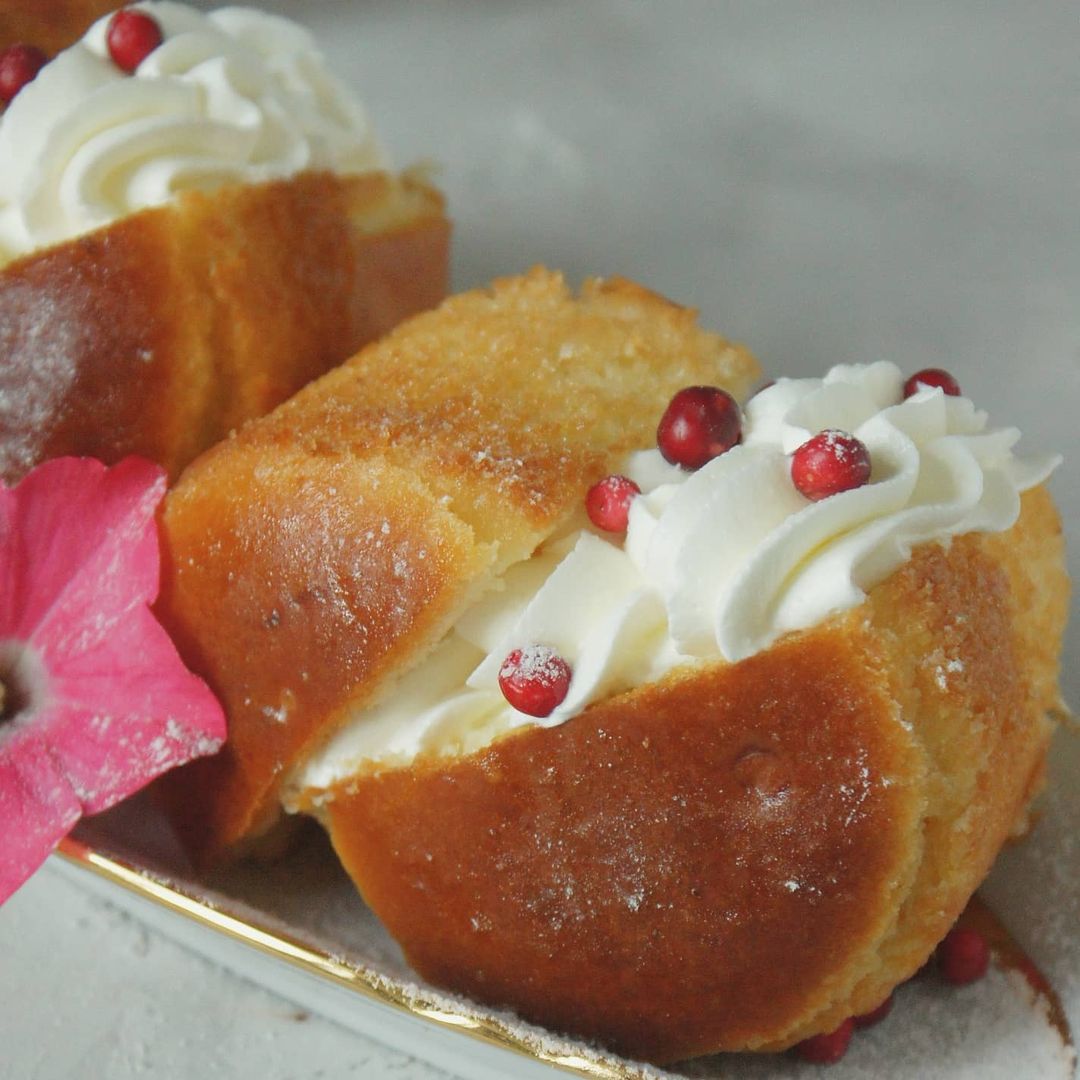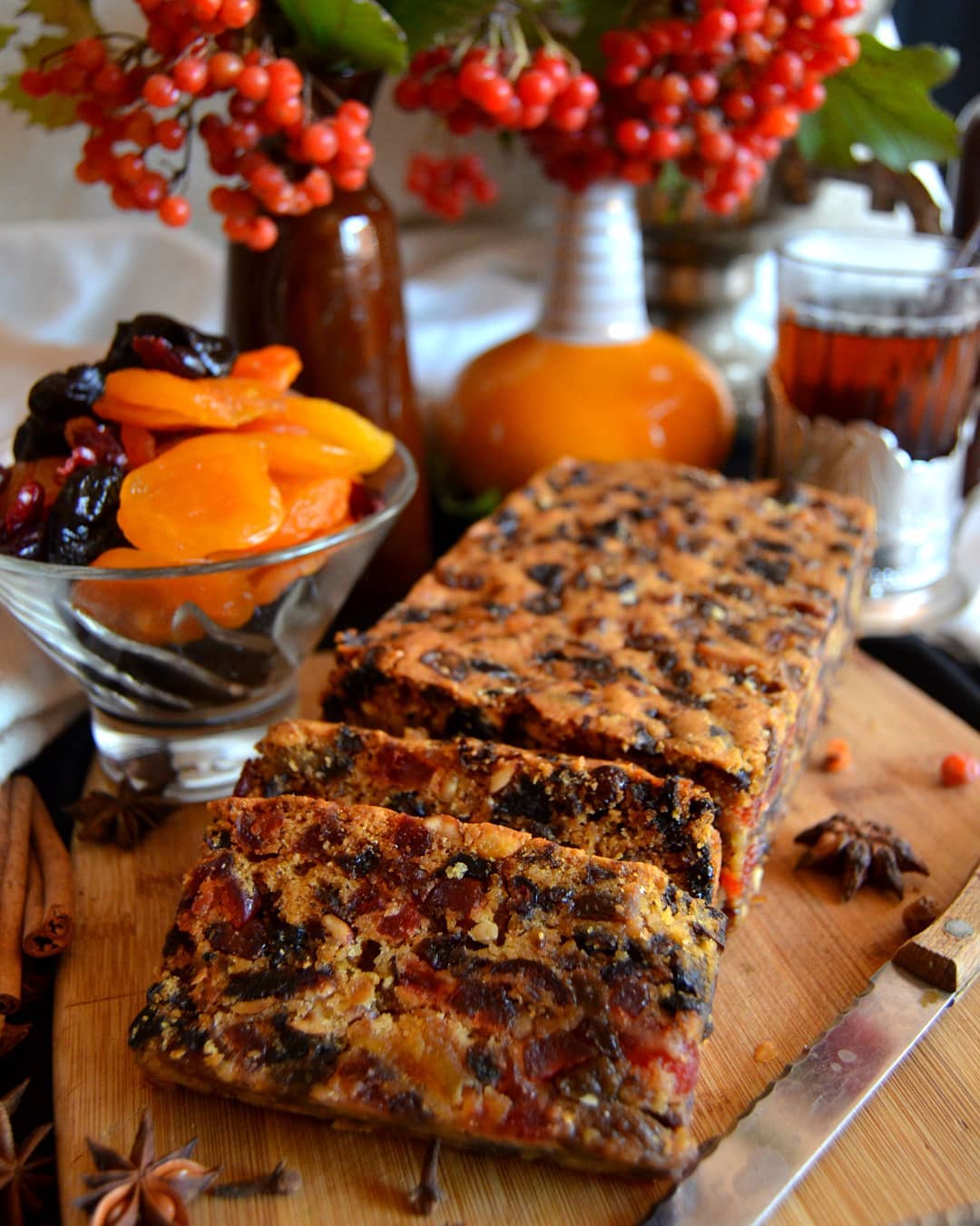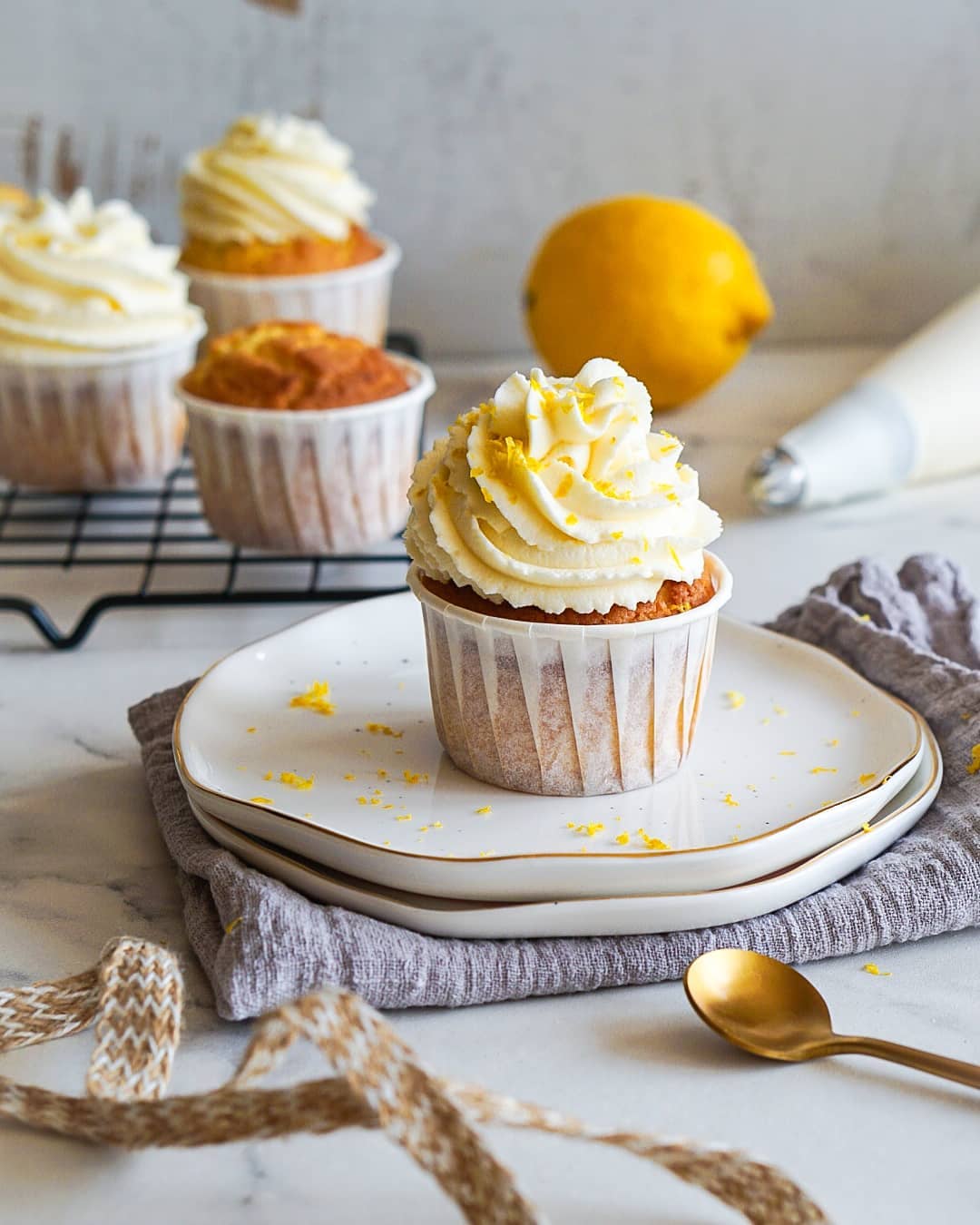Ingredients
Lemon Cake
Instructions
Step 1
Step 2
Step 3
Step 4
Step 5
Step 6
Step 7
Step 8
Servings
Equipment
Use different sizes to separate and beat your egg yolks and whites effectively. Having several bowls handy will make the process smoother.
An electric mixer will save you time and energy when beating egg whites into a strong foam. A handheld mixer also works well for smaller jobs.
A good spatula is essential for folding in the beaten egg whites without deflating them. A silicone spatula works best.
Choose a tin that’s easy to grease and sprinkle with flour. A springform pan helps with easy removal.
Ensure your oven is preheated to the correct temperature for consistent baking. Using an oven thermometer can help avoid temperature surprises.
Variations
Faq
- How do I know when my egg whites are properly beaten?
Beginner tip: Your egg whites are ready when they form stiff peaks that hold their shape when you lift the beaters.
- What can I use if I don't have an electric mixer?
No worries! You can manually whisk egg whites, though it will take longer and require more elbow grease. Patience is key!
- Can I use whole wheat flour instead of regular flour?
Yes, but it will change the cake's texture. Whole wheat flour makes the cake denser, so you might want to use a blend of whole wheat and all-purpose flour.
- How should I store leftovers?
For best freshness, store your lemon cake in an airtight container at room temperature for up to 3 days or refrigerate for up to a week.
- What's the best way to fold egg whites into the batter without deflating them?
Be gentle! Use a silicone spatula to fold in thirds – cut through the center, lift the batter from the bottom, and turn it over.
- Can I freeze the lemon cake?
Yes, you can! Wrap the cooled cake tightly in cling film and then in aluminum foil. Freeze for up to 3 months. Thaw overnight in the fridge before serving.

